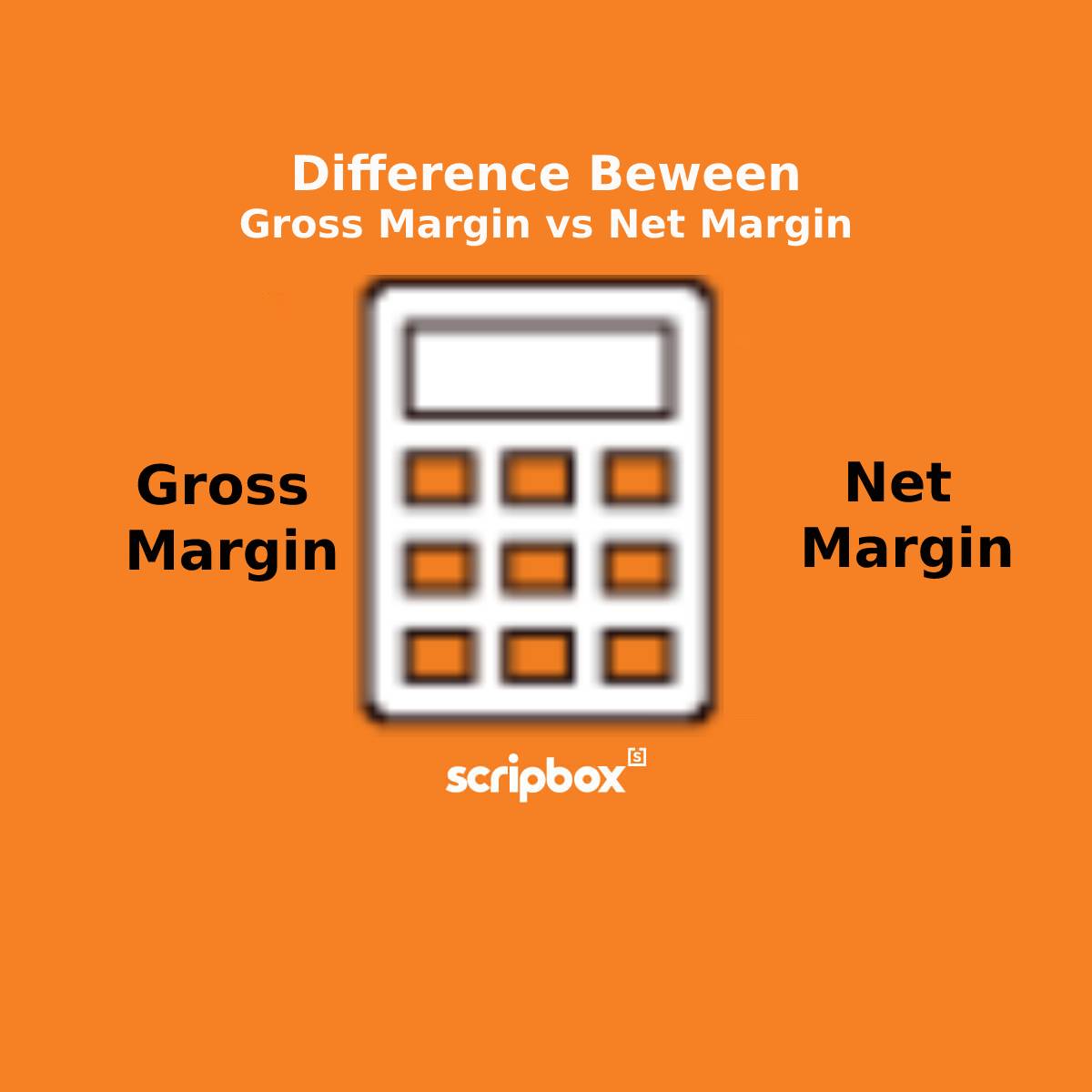SIP (Systematic Investment Plan) and lumpsum investments are two popular methods of investing in mutual funds. A SIP allows investors to invest a fixed amount of money at regular intervals, usually monthly or quarterly, while a lumpsum investment involves investing a one-time amount in a mutual fund. Both SIP and lumpsum investments have their advantages and disadvantages, and the choice between the two depends on individual financial goals, risk tolerance, and investment horizon.
Advantages of Investing in SIP than Lumpsum
SIP investments are ideal for those who prefer a disciplined approach to investing. By investing smaller amounts regularly, investors can spread their risk over time and take advantage of market fluctuations. On the other hand, lumpsum investments are suitable for those who have a significant amount of money to invest at once and are looking to capitalize on market opportunities.
Understanding the difference between SIP and lumpsum investments is crucial for making informed decisions. Whether you choose to invest through a systematic investment plan or a one-time investment, aligning your investment strategy with your financial goals is key to achieving long-term success in mutual funds.
Rupee Cost Averaging
Rupee cost averaging is a key benefit of SIP investments. It involves investing a fixed amount of money at regular intervals, regardless of the market’s performance. This helps to average out the cost of investment over time, reducing the impact of market volatility. By investing a fixed amount regularly, investors can take advantage of lower prices during market downturns and higher prices during market upswings. This can help to reduce the overall cost of investment and increase potential returns.
For instance, when the market is down, your fixed investment amount buys more units of the mutual fund, and when the market is up, it buys fewer units. Over time, this strategy can lead to a lower average cost per unit, enhancing the potential for higher returns. Rupee cost averaging is particularly beneficial in volatile markets, as it mitigates the risk of investing a large sum at an inopportune time.
Power of Compounding
The power of compounding is another significant advantage of SIP investments. By investing a fixed amount regularly, investors can take advantage of the compounding effect, where returns are earned on both the initial investment and the accumulated returns. This can help to grow the investment corpus over time, providing a significant boost to long-term returns. The power of compounding is particularly effective when combined with rupee cost averaging, as it can help to maximize returns while minimizing risk.
For example, if you invest a fixed amount every month, the returns generated from your initial investments start earning returns themselves. Over time, this compounding effect can lead to exponential growth in your investment value. The longer you stay invested, the more pronounced the compounding effect becomes, making SIP a powerful tool for long-term wealth creation.
Prevent the problem of Market Timing
Since SIP gets you more units when the market is down, it lowers the average cost of investing. This brings higher returns in the long term. Therefore, SIP investments are least affected by the rupee cost averaging. Moreover, one need not worry about market volatility while investing through SIP in mutual funds.
Flexibility
You can stop, pause, change the amount, and withdraw any amount from an SIP. You can choose to invest in MFs with an amount as small as INR 500.
Who Should Consider to Invest through a SIP?
A Systematic Investment Plan (SIP) might be a good option if you earn a regular income. But why is SIP better than lumpsum investing? SIPs reduce the burden of investing a large amount all at once. Instead, you invest smaller amounts over time.
For people interested in equity funds and looking for long-term growth, SIPs are highly recommended. SIPs work well even when the market is falling. You can buy more mutual fund units when prices are low. As the market improves, your investment can grow faster.
You might ask, “When is the right time to start an SIP?” The answer is anytime. Whether the market is at a high or a low shouldn’t affect SIP investors. This is because SIPs are meant for long-term investing, usually 5-6 years or more.
By investing throughout different market cycles, you can reap high benefits. Plus, the longer you stay invested, the more you enjoy the power of compounding.
Check Out SIP Calculator
Factors to Consider Before Investing in SIP or Lumpsum
Whether you choose a Systematic Investment Plan (SIP) or a lumpsum investment, it’s important to think about several key factors to make good investment decisions.
Risk Tolerance and Investment Horizon
SIP: Helps spread out risk over time with regular investments.
Lumpsum: Risk depends on the funds you pick and your investment plan.
Tip: Choose funds that match how much risk you’re comfortable with and how long you want to invest.
Diversification
SIP: Builds diversification over time as you keep investing.
Lumpsum: Diversification depends on your choice of funds and strategy.
Tip: Spreading your money across different investments can help reduce risk.
Expense Ratio
SIP: Pay attention to the fees of mutual funds, as they can affect your returns over time.
Lumpsum: The expense ratio is equally important and can impact your overall gains.
Tip: Lower fees can mean higher returns in the long run.
Regulatory Compliance
SIP and Lumpsum: Ensure the funds and platforms you choose follow the rules to keep your investment safe.
Tip: Investing with regulated companies protects you from fraud and other risks.
Advantages of Investing in Lumpsum than SIP
Lumpsum investments in a mutual fund suit investors who want to invest in debt mutual funds for the short term. There is no point in investing in debt mutual funds through SIP. Rather, a lumpsum route should be used to invest in debt mutual funds, as the recommended horizon for debt funds is less than 3 years.
Does that mean one cannot invest in equity mutual funds through a lumpsum? Well, certainly not. One can invest in equity mutual funds through a lumpsum. Any form of windfall gains, profit from the sale of an asset, or surplus cash available can be invested in the market to earn a return on them. Salaried individuals can invest through a lumpsum in mutual funds when they get a year-end or festival bonus.
Recommended Read: Best Mutual Funds for Lumpsum Investment
When to choose lumpsum investment?
A lumpsum investing approach in mutual funds does well in a rising market. But what if they are wrong and the market falls? Well, there is a way out of this. One can always opt for an STP (Systematic Transfer Plan). An STP is a regular transfer from another mutual fund instead of your bank account. Instead of keeping the money in a bank, you invest in a debt fund, which has the potential to earn higher returns than a savings bank account. Choose a short-term debt and equity fund to do an STP within the same fund house.
Then, you can instruct the fund house to do an STP into an equity fund of your choice over some time. Thus, the significant difference between lumpsum and SIP is rupee cost averaging, which is a key factor in deciding your investment strategy. One-time investment fluctuates with the market movements. On the other hand, SIP investment averages the cost of the units over time. Thus, one can choose SIP or lumpsum for investment in mutual funds based on their investment objectives.
Check Out How to Select Mutual Funds?
Conclusion
Investing isn’t about choosing between SIP and lumpsum—you can use both. They work well together and offer different benefits at different times. Understanding how SIP and lumpsum investments differ is important. Starting early lets you enjoy the power of compounding over the long run.
Pick the investment option—SIP or one-time investment—that matches your financial goals. Then, you’ll start earning returns on your investment!
Mutual fund investing can be done online and offline. At Scripbox investing is as easy as online shopping. Invest in the best long-running mutual funds with Scripbox.
Related Pages
























Show comments